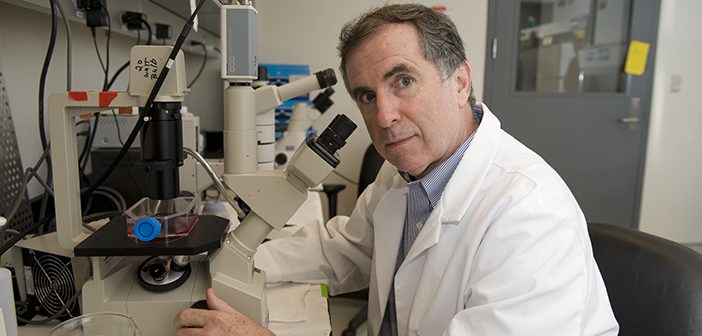Focusing on the early stages of amyotrophic lateral sclerosis may be key to treating it, study suggests.
A new kind of genetically engineered mouse and an innovation in how to monitor those mice during research have shed new light on the early development of an inherited form of amyotrophic lateral sclerosis (ALS).
An international team of scientists, including four from Brown University, conducted and analyzed tests using a “knock-in” mouse carrying a gene for a mutant DNA/RNA binding protein called TDP-43, which causes a form of inherited ALS in humans.
In the study published in the journal Nature Neuroscience, the researchers found that behavioral, cognitive, and structural dysfunctions in the new mouse model of ALS and a related disorder, frontotemporal dementia (FTD), were evident long before the neuronal degeneration that occurs late in these diseases. Many inhibitory neurons were lost early in the development of ALS, which is in sharp contrast to other degenerative diseases where most of the early losses are of excitatory neurons.
The results open the way to discover and test potential ALS therapies targeted at the early stages of the disease, when treatment is most likely to be effective.
“This study reveals new pathways in the earliest stages of ALS-FTD and opens the way for developing new classes of drugs to combat this dreadful disease,” says study author Justin Fallon, PhD, a professor of medical science and of psychiatry and human behavior, and a researcher at the Brown Institute for Brain Science.
The research is part of an effort to develop a more robust understanding of the early-stage defects in ALS neurons that precede loss of motor control. The results will be the basis of further research into the disease and have the potential to open the way to develop new therapies, the authors wrote.
Continue reading here.




